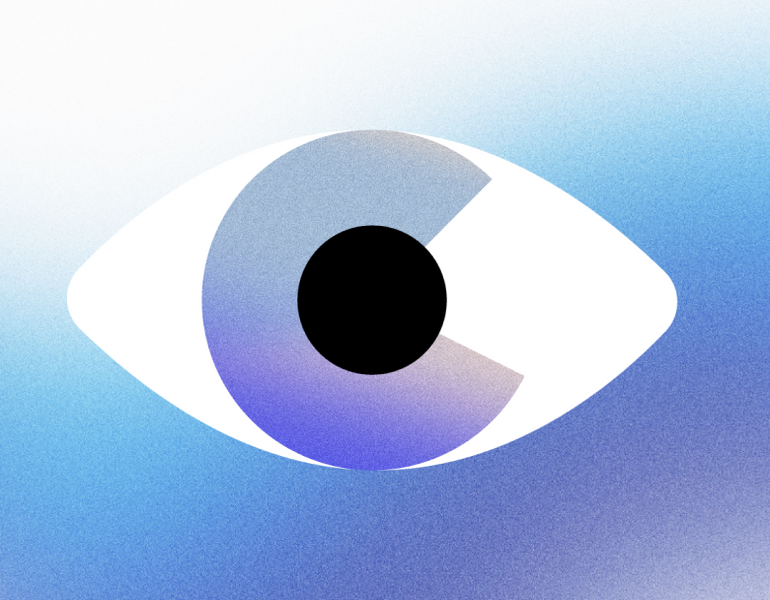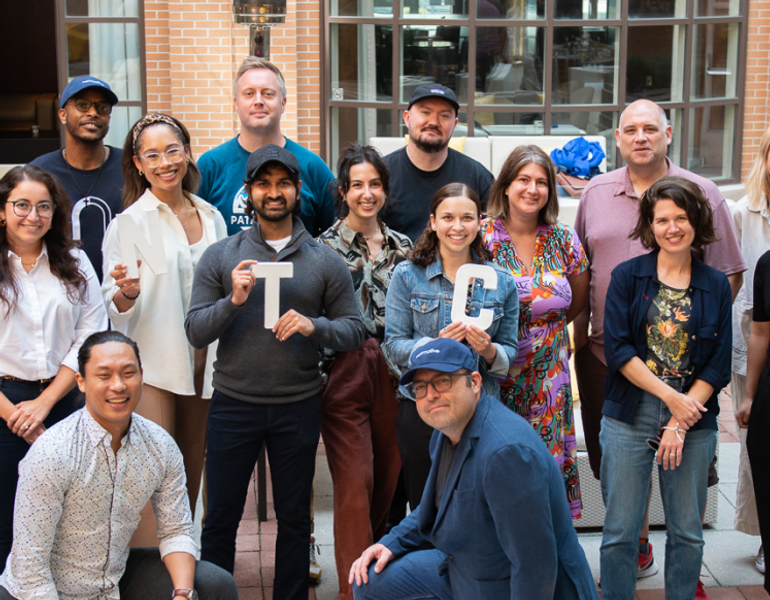When things are disrupted
In the last eight weeks, everything has changed. I don’t need to bring you up to speed, you’re living in the middle of it.
COVID-19 has spread quickly around the globe and almost every country has tried to implement some form of social distancing to slow the virus. Depending on where you are and what measures you’re living under, you might be working remotely for the first time, on the front lines in a high stress situation as someone who delivers an essential service, or at home watching Tiger King and trying to make sense of the mess. Things feel increasingly unhinged, and the “new normal” doesn’t feel normal at all. It feels alien.
When you’re in a new or novel situation your instincts become a powerful force. They may drive you to react immediately, trying anything and everything to feel like you have some semblance of control. They might make you feel paralyzed; unable to make decisions or act as the world around you makes less and less sense. If you described the world right now as a societal fight or flight response you wouldn’t be wrong.
Most businesses aren’t designed to operate in these conditions. How you manage this novel and unexpected change, for yourself, the businesses and partners you work with, and the communities you’re trying to support? How do you go from reacting to making good, active decisions?
The answer is is deceptively simple:
You need to become a disruptor.
When the the world around us is in a comfortable steady state, we can choose whether or not to be a disruptor. Your company can choose to push the limits or hold the line. You can respond to changes because you can anticipate them. You know what is likely to happen. In a world where everything is changing, you don’t have that choice. You need to start learning, start figuring out the changes in the world around you, and seeing where the new rules can be made.
At its most basic, disruptive innovation is looking at the world with fresh eyes, and providing new, novel and extremely basic offerings to overlooked segments in existing markets. Disruptors see the world differently and understand the needs of underserved markets. They rapidly prototype the basics of new offerings and business models with quick experiments. They work quickly to get something “good enough” into the hands of of customers who are happy to have a product or service work for them. They don’t just create the new rules, they validate them.
We’re all disruptors now
The Coronavirus has separated entire industries from their customers overnight. Market segments aren’t underserved. They’re wholly unserved. Pick almost any market right now and you’ll find existing companies undertaking herculean efforts trying to reconnect their existing services with their existing customers through their existing channels and supply chains. Some are giving up. Others are trying to ride out the storm. And some are rising about the fight or flight instinct and looking at at world of unserved people with fresh eyes and novel ideas. And they’re testing them quickly. Whether by fate or by choice, they have acknowledged their new reality and embraced the path of being a disruptor.
Move fast and test things
Being a standalone disruptor is good. Being a disruptor as part of team is better. Being a disruptor as part of a community is the best.
What does the disruptor playbook look like? There’s not shortage of theory on how to be a disruptor, but in a world where every hour counts, I’ll leave you with a simple thought: Move fast and test things. This is customer development but with a much-higher-than-usual set of stakes .Your ability to be a successful disruptor is not about how quickly you can move, it’s about how quickly you can validate the boundaries of our new world. And it is a strange new world.




